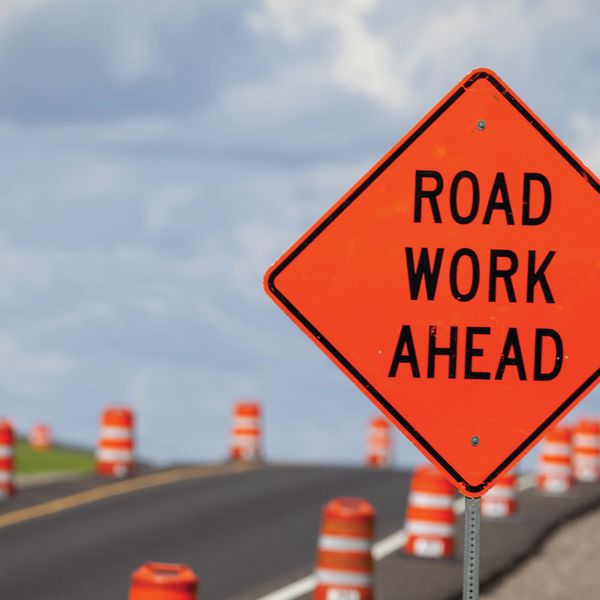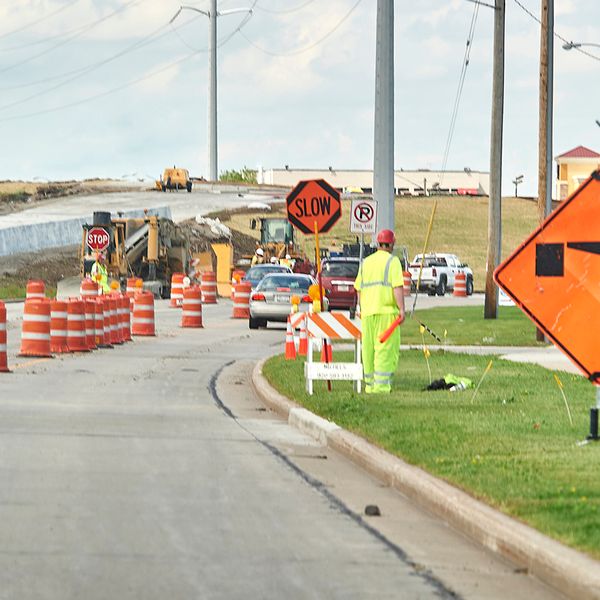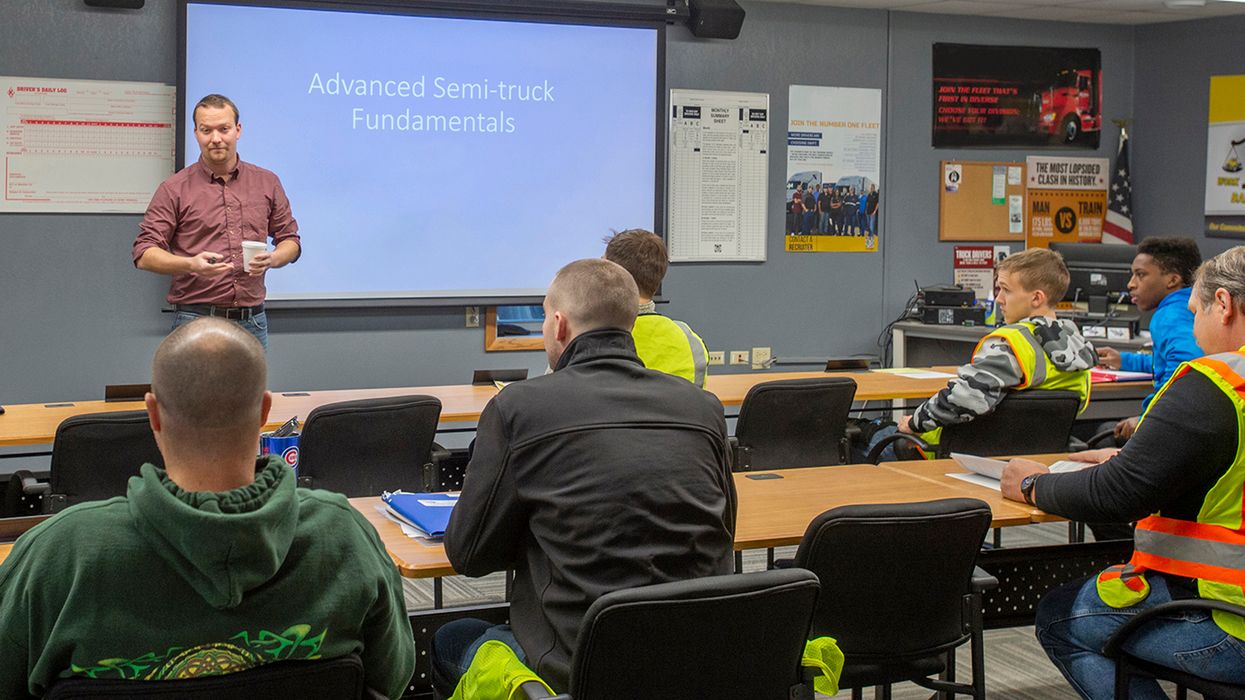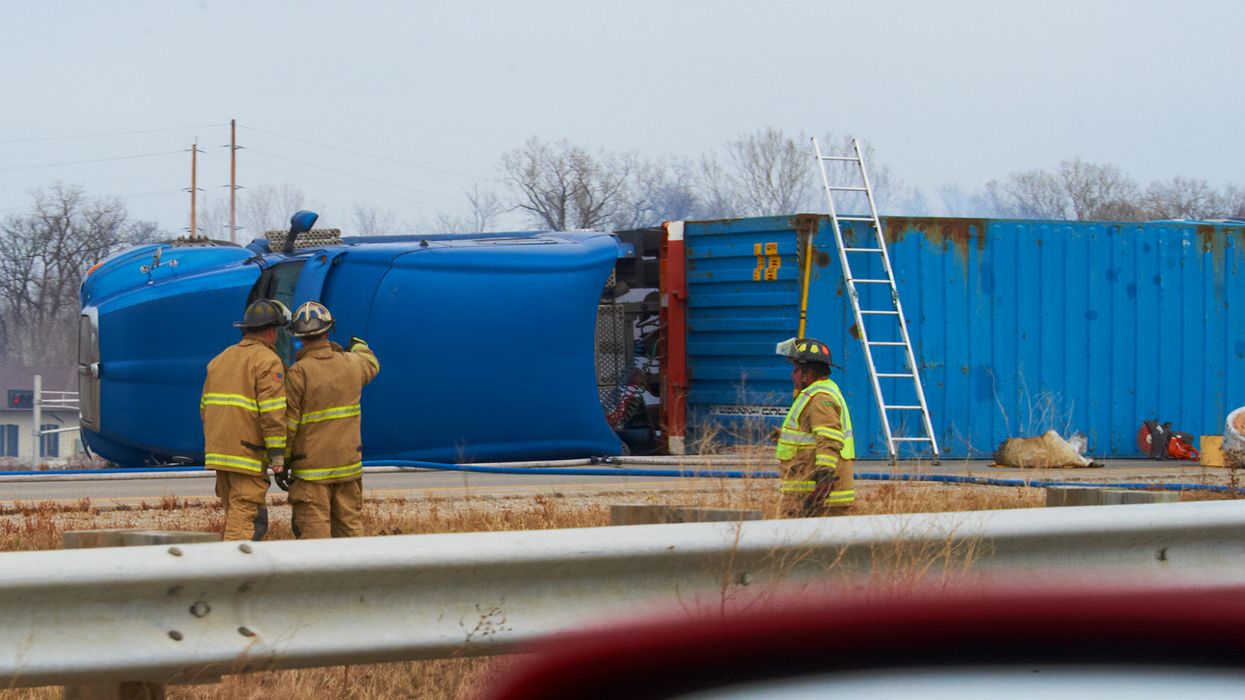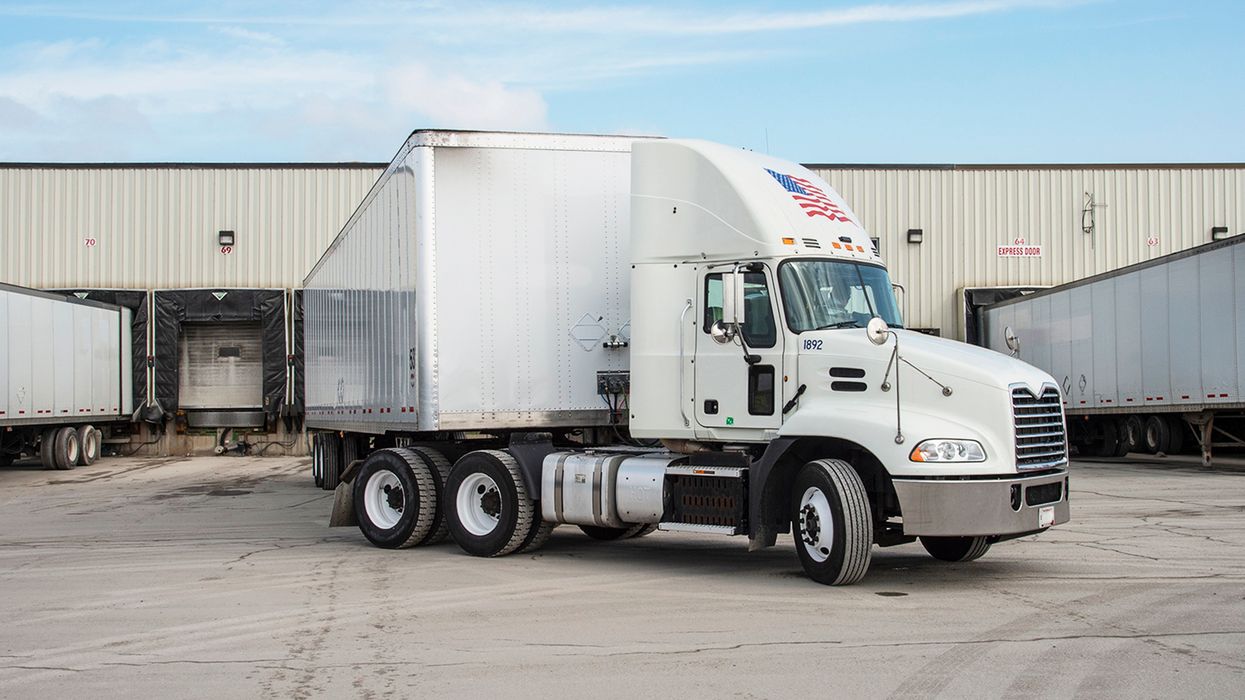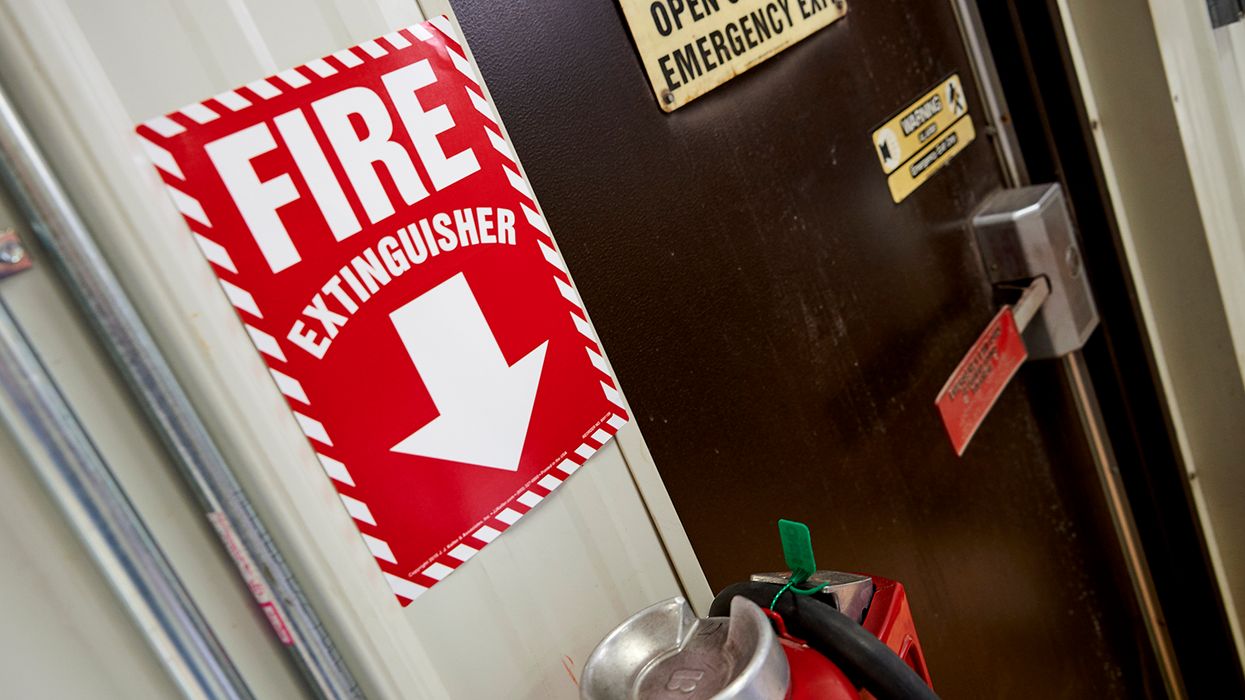Speed, a work zone, and a hose lead to $6.7 million verdict
A Minnesota appeals court recently affirmed a $6.7 million jury award to a maintenance worker for injuries caused by a truck driver who drove too fast over a hose. Though unusual, the case serves as a cautionary tale for any truck driver.
The Minneapolis worker was clearing a sewer cave-in in the middle of a busy urban street, with traffic cones directing traffic to the outer lanes. He was using a power washer connected to a hose that crossed an active lane of traffic to connect to a fire hydrant. The posted speed limit was 30 mph.
The driver of a large beverage truck said he didn’t notice the work zone until he was about 30 feet away. When he drove over the hose, it became entangled in the truck’s rear axle and tore away from the hydrant. A heavy metal object — either the end of the hose or a manhole cover that was lying on the hose — went airborne and struck the maintenance worker’s foot, partially severing it.
Speed and the ‘water hammer’ effect
At trial, the speed of the truck became a key issue. The driver said he was going 20 mph, a passenger said it was 30 mph, and an expert witness gave a “conservative estimate” of between 29.9 and 36.4 mph.
The exact speed may not have been a key factor except for the pressurized hose. An expert in fluid science testified that “the only way” the hose could have become entangled was for the front wheels to cause a “water hammer” or “pressure wave” that made the hose leap into the air and remain there long enough to catch the rear axle.
Getting caught in the axle was only possible if the truck was moving fast enough to travel over 21 feet in about 0.3 seconds, or between 30 and 40 mph.
Ultimately, the jury found the driver negligent for speeding in a work zone and awarded the maintenance worker $6.73 million in damages.
Do your drivers know what to do?
At the trial, a trucking expert testified that large commercial trucks need to be “hypercautious” in work zones — something most drivers already know — but also slow down when driving across hoses. In fact, the expert recommends that drivers reduce their speed to about 10 mph before driving over a hose.
Not only can a slow speed prevent the hose from jumping into the air but also prevent it from getting tangled in the vehicle, which could lead to all sorts of mechanical and safety problems. A slow speed also gives the driver time to react to such an event.
Remind your drivers to always be alert to work zones, slow down well in advance, and be extra cautious (and slow) when crossing over a hose.
Key to remember: A recent $6.7 million jury award serves as a reminder of why speed is a critical factor when driving through work zones — and when crossing hoses.





